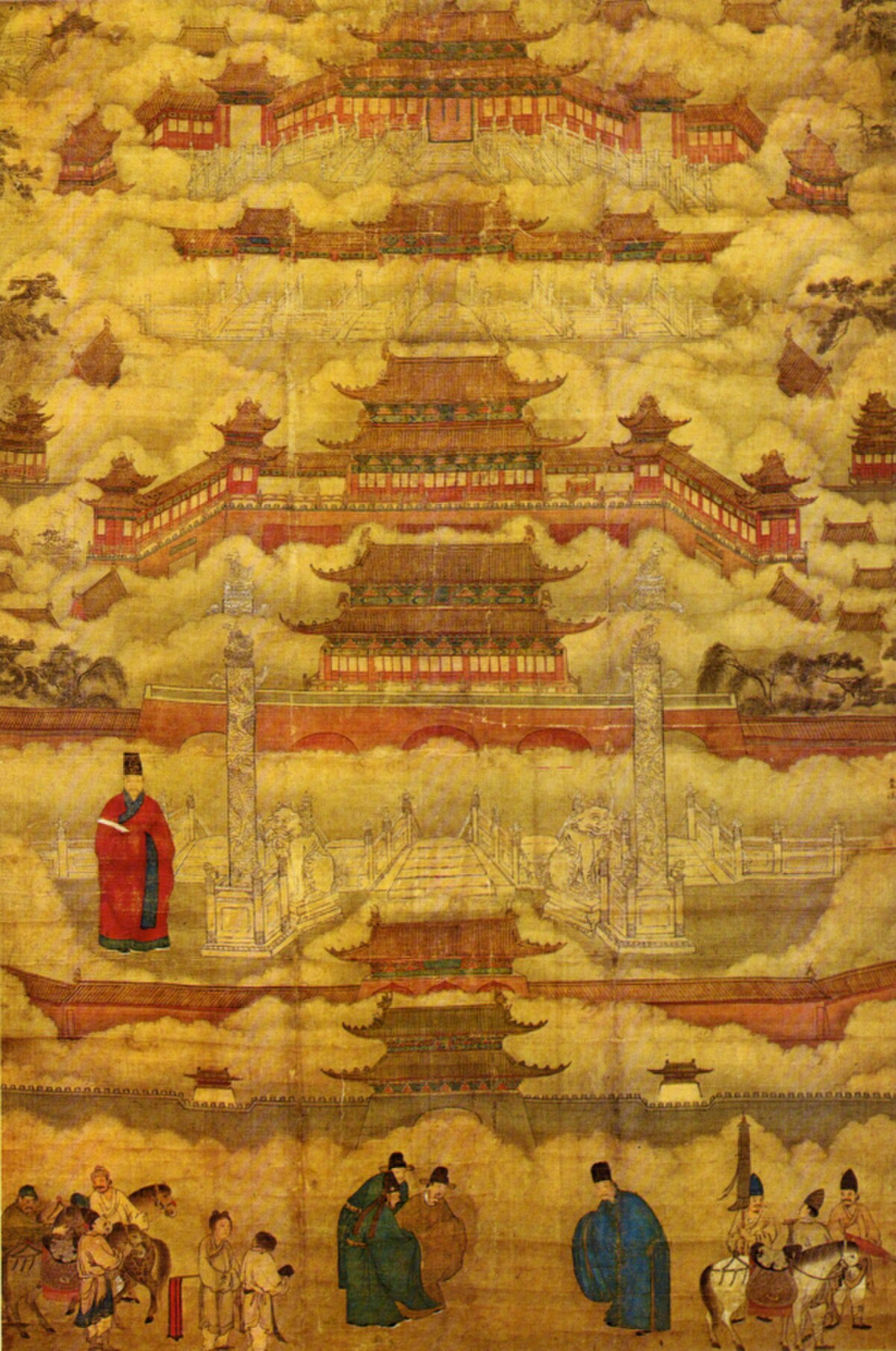
Forbidden City
Forbidden City, 景山前街东城区 BeijinThe Yongle Emperor made Beijing a secondary capital of the Ming empire, and construction began in 1406 of what would become the Forbidden City. The Forbidden City's plan was designed by many architects and designers, and then it was examined by the Emperor's Ministry of Work. The chief architects and engineers include Cai Xin, Nguyen An, a Vietnamese eunuch (unverified information), Kuai Xiang, Lu Xiang and others.
Construction lasted 14 years and employed the work of 100,000 skilled artisans and up to a million labourers. The pillars of the most important halls were made of whole logs of precious Phoebe zhennan wood (Chinese: 楠木; pinyin: nánmù) found in the jungles of south-western China. Such a feat was not to be repeated in subsequent years — the great pillars seen today were rebuilt using multiple pieces of pinewood in the Qing Dynasty. The grand terraces and large stone carvings were made of stone from quarries near Beijing. The larger pieces could not be transported conventionally. Instead, wells were dug along the way, and water from the wells was poured on the road in deep winter, forming a layer of ice. The stones were dragged along the ice.
